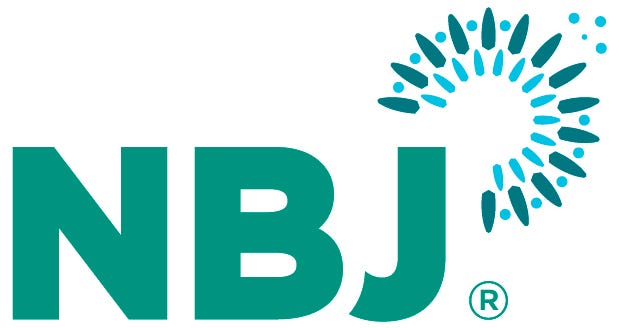
After Ozempic: Key strategies to retain natural and organic supplement consumersAfter Ozempic: Key strategies to retain natural and organic supplement consumers
After consumers stop using GLP-1 drugs, their supplement usage plummets, creating challenges for maintaining customer engagement. Learn more.

At a Glance
- Connecting with GLP-1 users early in their weight-loss journey is key to sustaining their interest in supplements later.
- Supplement use drops sharply after stopping GLP-1 drugs, especially for protein and fiber products.
- Brands must focus on post-GLP-1 needs like weight maintenance and muscle recovery to retain consumers long-term.
GLP-1 weight-loss drugs have created a new age for weight management, with the rate of obesity dropping for the first time in memory—something that is being described as an inflection point for health, but the inflection point for supplements may be the point at which people stop taking the drugs.
According to consumer research in Supplements in the Ozempic Age Special Report, a new report from New Hope Network's Nutrition Business Journal, holding on to consumers once they come off the medicines has emerged as a challenge.
GLP-1 drugs like Ozempic and Mounjaro led to a reversal of the steady trend of more and more Americans qualifying as obese, with the rate actually dropping in the latest counts. For supplements, the drugs offer a range of opportunities from presenting a try-this-first natural alternative to supporting GLP-1 drug users with boosted micronutrient formulations and then helping them maintain the weight loss when they stop using the drugs.
Research in the report reveals that who are on the drugs appear to present an especially good opportunity. Use of products like probiotic, fiber, protein and prebiotics were all encouragingly high. When they come off the drugs, however, prospects for supplements change. With the exception of multivitamins and letter vitamins, reported usage drops for nearly every supplement category, with falling use of protein powders, prebiotics and fiber standing out as particularly precipitous. For protein, the percentage of respondents reporting use falls from 34% to 23%.
This fall-off is important for supplement brands because few consumers appear to be lasting on the drugs. Although it is widely accepted that most will gain back the weight they lost after they stop taking the drugs, the percentage of people who last even a year on a GLP-1 drugs is reportedly low, as little as a third. The takeaway for brands is that the post-GLP-1 population will at some point be many millions larger than the population still on the drugs, meaning that former users will be the vastly larger market.
There may be multiple ways of keeping people interested in the supplements once they stop taking the drugs. Maintaining the weight loss could be the most obvious message, but regaining lost muscle and the general concept of sports nutrition for newly thinner consumers makes sense as well.
Whatever the message, the strongest strategy could be making a connection with consumers early in their GLP-1/weight-loss journey and maintaining that connection at every step.

Learn more in the new Supplements in the Ozempic Age Special Report from NBJ.
About the Author
You May Also Like



.png?width=700&auto=webp&quality=80&disable=upscale)

